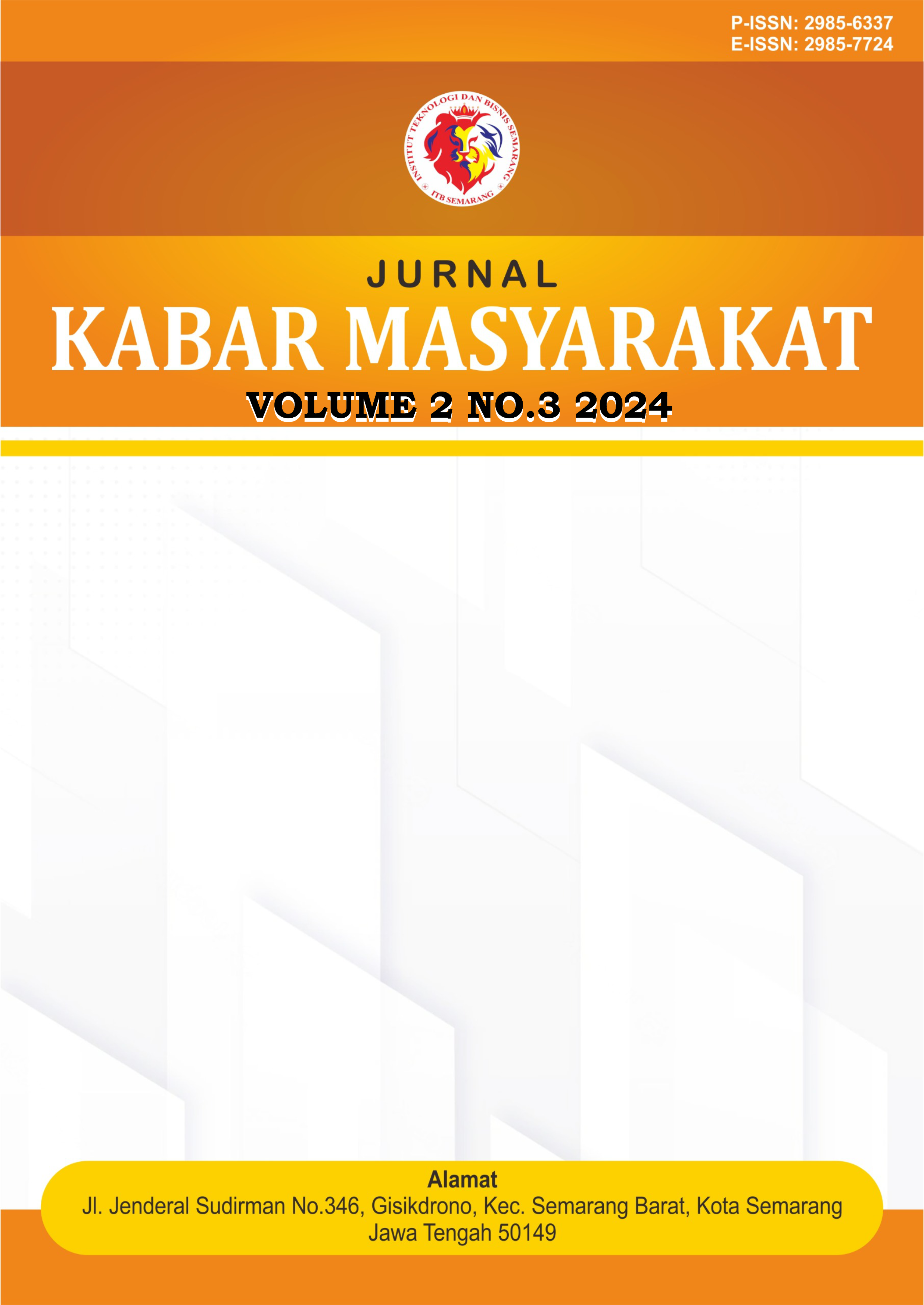Penyuluhan tentang Cara Mengatasi Dismenorea pada Remaja Puteri di SMA Takwa Palembang
DOI:
https://doi.org/10.54066/jkb.v2i3.2211Keywords:
Dysmenorrhea, Adolescent Girls, CounselingAbstract
Dysmenorrhea is considered a normal complaint experienced during menstruation. Pain arises due to contractions that occur in the uterus. These contractions function to shed menstrual blood that sticks to the uterine wall. The World Health Organization (WHO) reports globally that the incidence of dysmenorrhea is still very high. The incidence of dysmenorrhea in young women was 16.8-81% in 2018. The results of Riskesdas (2018) showed that the number of dysmenorrhea cases was 64.25%. It is estimated that as many as 90% of women in Indonesia experience menstrual pain, but do not report it to health services. The aim of this activity is to increase the knowledge of SMA Takwa Palembang students about how to deal with complaints of menstrual pain. The results of the activity showed that the average knowledge of young women had increased after the counseling activities, namely 34.8. On average, participants said they experienced menstrual pain on the first day of menstruation with varying duration of pain. It is hoped that young women will practice the knowledge gained in this activity when they feel menstrual pain.
References
Anjelina, N. (2013). Perbedaan Efektifitas Teknik Yoga (Cat Strech Exercise) Dengan Senam Dismenore Terhadap Penurunan Nyeri Haid (Dismenorhea Primer) Pada Mahasiswa Psik Muhammadiyah Malang.
Armour, M., Parry, K., Manohar, N., Holmes, K., Ferfolja, T., Curry, C., ... & Smith, C. A. (2019). The prevalence and academic impact of dysmenorrhea in 21,573 young women: A systematic review and meta-analysis. Journal of Pediatric and Adolescent Gynecology, 32(6), 636-641. https://doi.org/10.1016/j.jpag.2019.05.012
Gebeyehu, M. B., Mekuria, A. B., Tefera, Y. G., Andarge, D. A., Debay, Y. B., Bejiga, G. S., ... & Bisetegn, T. A. (2017). Prevalence, impact, and management practice of dysmenorrhea among university students in Northwestern Ethiopia: A cross-sectional study. International Journal of Reproductive Medicine, 2017, Article ID 3208276. https://doi.org/10.1155/2017/3208276
Nursyaputri, R. (2020). Hubungan tingkat pengetahuan terhadap perilaku swamedikasi nyeri haid (dismenorea) pada mahasiswi non kesehatan Universitas Muhammadiyah Yogyakarta. Universitas Muhammadiyah Yogyakarta.
Pramadika, D. D., & Fitriana. (2019). Panduan penanganan dismenore. Yogyakarta: Dee Publish.
Rajagrafindo Persada. Annisa, E., &. (2017). Pengaruh pijat endorphin terhadap skala nyeri pada siswi SMA yang mengalami dismenore. Jurnal Ilmiah Iptek Terapan, 1(1), 47-52.
Rustam, E. (2015). Gambaran pengetahuan remaja puteri terhadap nyeri haid (dismenore) dan cara penanggulangannya. Jurnal Kesehatan Andalas, 4(1), 286-290.
Salamah, U. (2019). Hubungan pengetahuan dan sikap remaja puteri terhadap perilaku penanganan dismenore. Jurnal Ilmiah Kebidanan Indonesia, 9(3), 123-127.
Sari, W. P., Harahap, D. H., Muhammad, & Irsan Saleh, M. (2018). Prevalensi penggunaan obat anti-inflamasi non-steroid (OAINS) pereda dismenore Fakultas Kedokteran Universitas Sriwijaya Palembang. Majalah Kedokteran Sriwijaya, 32(3), 127-131.







